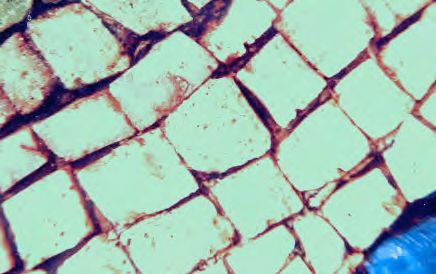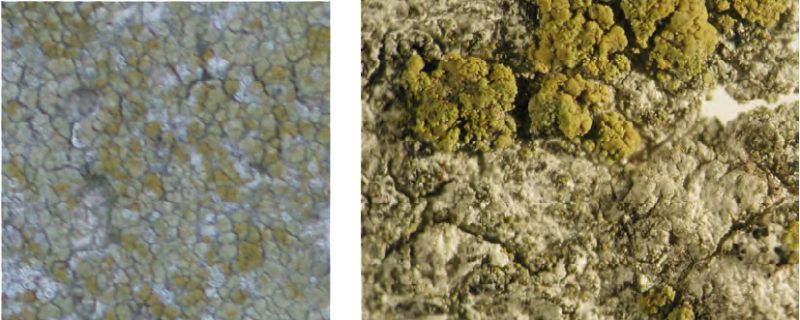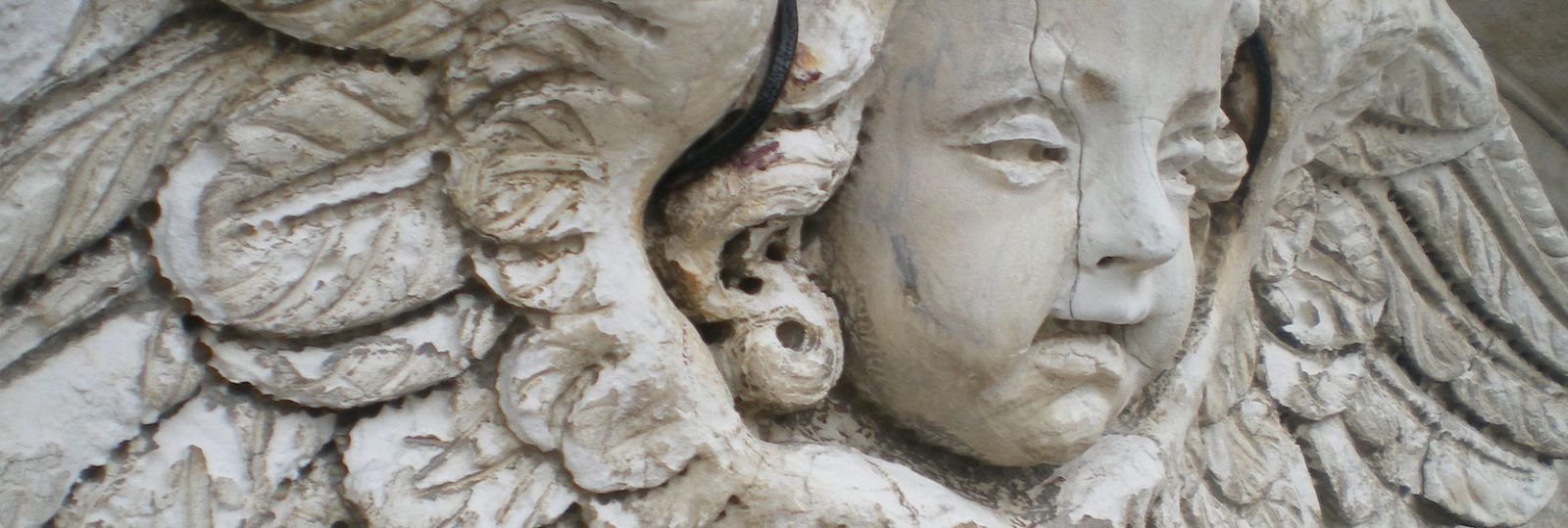News, Restauro/Restoration/Conservation
Stone artefacts conservation
STONE ARTEFACTS
WHAT CONSERTAVION MEANS
STRATEGY FOR CONSERVATION
Conservation is a duty of protection that each one of us has in relation to the environment, its cultural heritage, its diversity and identity respect to other ethnic groups, religions and social status. Generally it means to promote and contribute to conservation of material and immaterial works: our culture and our custom, our art that have been passed down and that we must deliver to the future generation. This is achieved through steps involving the materials constituting the artifacts and the environment conservation. We must know the materials, their behavior, their interactions with the environment to having correct vision of the specific conservative needs.
In principle there are three times correlated with the conservation of artifacts:
– ancient, where the knowledge of the materials was of great relevance to workers and artists;
– intermediate, characterized by the exchange of books, collections and museums;
– modern, where it exceeds the traditional materials and traditional methods with the study of the dynamics of degradation and the behavior of ancient materials and synthetic ones used for the restoration.
The requirements of knowledge regarding modern treatments are: thorough knowledge of the constituent materials, knowledge of the ‘excursus vitae’ of the artifact; knowledge of conservation and awareness of the treatments received by the artifacts over the years.
Based on the knowledge mentioned before, derived from the interpretation of data and intersection from scientific analytical processes and research of historical sources, we can develop the most advantageous strategy for conservation.
In any type of artistic work, there are technological or restoration operations that involve the use of natural and synthetic materials, traditional or innovative, always with interactions or physical or chemical contact with the materials constituting the artifacts. They are typical of the type of each work of art.
Preliminary studies
Preliminary study allows us to understand and have full and complete knowledge of the work of art to be restored. This study is summarized in a number of preliminary researches concerning the publications that cover the issue of interest, findings, architectural components and archaeological sites to be retained; historical photos and archival reports and/or techniques on any conservative intervention made in the past. The preliminary study also includes:
– graphic survey: plants, share, sections, any significant relief in scale 1:1, paintings of areas of particular interest;
– photographic survey: general photographs, photographic survey of the conservation condition before the restoration, photos documenting particular areas to be studied carefully.
The survey (two-dimensional and/or three-dimensional) must be finalized to the knowledge of the work of art, assuming, for example, that our reference unit for a wall structure is ashlar stone. The use of non-destructive investigation methodologies is useful for the analysis on sight, the photographic and reflectographic relief, which contribute significantly to the knowledge of the areas and materials and are able to highlight the differences just perceptible or completely invisible to naked eye, and often help in the identification of significant restorations, various states of degradation, etc..
The most significant parameters through which to articulate the visual observation are: geometry of the object, types of materials, colors, size and performance, size and characteristics of the eventual joints of mortar in the interstices, composition, iconography,
conservation status and points of sampling.
There are various non-destructive methods for the relief of the color in terms of both quality and quantity: the traditional relief and digital photography using band kodak as a color reference, for a more faithful reproduction of the areas concerned. The method of visual comparison relies on the comparison between the colors under consideration and a set of standard samples, such as the Munsell book of color (1488 samples of color); the instrumental relief is based on the elaboration of the measure of diffuse reflectance from the surface of the sample.

MORPHOLOGIES OF ALTERATION AND DEGRADATION
THE ITALIAN STANDARD UNI 11182/2006
This Italian standard provides the definitions of terms used to indicate the different forms of alteration and micro-organisms visible macroscopically. The document permits the detection of the state of conservation of the stone surface and the definition of the causes, while the extent of the alteration will be detected later by diagnostics. In this context, alteration is a modification of the material that does not necessarily imply a deterioration of characteristics in conservative terms, while degradation is a modification of the material that involves a deterioration of characteristics in conservative terms. We list below the terms of alteration and degradation with their definition.
– Absence: loss of three-dimensional elements (in the arms of a statue, in a loop, mosaic floor tiles).
– Alveolization: presence of cavities of variable shape and size, such alveoli, often interrelated and uneven distribution.
– Biological colonization: presence, macroscopically detected, of micro and/or macroorganisms (algae, mosses and lichens).
– Biological patina: thin and homogeneous layer, consisting primarily of micro-organisms of varying texture, color and adhesion to the substrate (Figure 2.1).
– Boundary of migration: limit of the migration of water, usually upwards, which is manifested by the formation of efflorescence and/or loss of material. It is generally accompanied by change of color saturation in the area below.
– Casting: tracks vertically performed; frequently they are several in parallel.
– Chromatic alteration: natural variation of the parameters that define the color of the material. It generally covers the entire surface of the materials concerned; when the alteration occurs in a localized area, it is preferable to use the term stain.
– Crust: modification of the surface layer of stone, of variable thickness, generally hard, distinguishable from the underlying parts for the morphological characteristics and often in color. It can also detach spontaneously from substrate that generally appears disrupted and/or powder. – Deformation: change in shape that involves the entire thickness of the material.
– Differentiated degradation: loss of material from the surface, indicating the heterogeneity of the texture and structure; in the case of plaster can take a characteristic form similar to a small rose.
– Disintegration: de-cohesion with the fall of material in form of powder, or tiny fragments. Sometimes the term ‘pulverization’ is used as a synonymous.
– Efflorescence: formation and appearance of crystalline powder, usually white, on the surface.
– Encrustation: stratiform compact deposit, generally adherent to the substrate. The deposit is defined concretion when it is preferentially developed in a direction not coinciding with that of the stone surface and takes the form of stalactite or stalagmite.
– Erosion: removal of material from the surface which in most cases is compact.
– Exfoliation: formation of one or more laminar portions, called ‘sheets’, with very reduced thickness and sub-parallel between them.
– Film: superficial layer of transparent or semitransparent substances, which are consistent with each other and unrelated to the stone material (for example protective film, film with aesthetic function, etc.).
– Fracture or slot: discontinuity in the material that implies the mutual displacement of the parties. In the case of incomplete fracture, in Italy we use the term cricca; when the phenomenon occurs in the glassy coating of ceramic materials, we use the term cavillo.
– Graffiti vandalism: affixing of colored paint on the surface of the work.
– Lacuna (gap): discontinuity with loss of material, for example part of a plaster or a painting, piece of ceramic body or ceramic coating, mosaic tiles, etc.

and microphoto on the right.
– Patina: natural modification of the surface; it is not connected to particular phenomena of degradation and is perceived as a variation of the original color of the material.
– Pitting: Degradation that occurs with the formation of blind holes, numerous and close together. The holes mainly have cylindrical shape with a maximum diameter of a few millimeters (Figure 2.2).
– Posting: a) mortar: discontinuity between layers of plaster, both among themselves and with respect to the substrate, that usually preludes to the fall of the layers themselves; b) ceramics: discontinuity between coating and ceramic body or between two coatings.
– Stain: localized color variation of the stone surface (especially marbles); it is related to the presence of foreign material (water, oxidation products of metallic materials, organic substances, paints, and microorganisms).
– Superficial deposit: accumulation of materials of various nature, such as dust, soil, guano, on the surface. The deposit has variable thickness, generally poor coherence and poor adhesion to the material below.
– Presence of vegetation: presence of herbaceous plants (higher plants).
– Swelling: localized lifting of the material surface, variable in shape and texture depending on the state of conservation.
DOCUMENTATION OF THE CONSERVATION STATE
The morphologies of alteration and degradation must be graphically represented by thematic tables, also the constituent materials must be marked in such a way that helps in understanding and interpreting the conservation status of an artifact prior to conducting any intervention. So is important and fundamental the graphic and photographic documentation of conservation status of the artifact before conservative intervention.
The diagnostics along with the archival documents are to be considered our point of departure for a project of conservation and without which it is not possible to perform a correct conservative intervention.
The thematic charts of conservation status are the identity card of the artifact and this should highlight the types of materials, morphology of deterioration and alteration and their location.
THE PRINCIPLES OF CONSERVATION
In principle, every intervention of conservation can be divided into three main phases: cleaning, consolidation and protection; not necessarily all three are present and not always the sequence of execution is the one cited above. Reasons of safety for the artifact sometimes recommend its pre-consolidation before cleaning it. Generally the conservative intervention terminates with its detailed documentation.
CLEANING
Cleaning is the removal of materials, unrelated or not, in different state of aggregation and of different nature (crust, concretion, patinas, deposits, vegetal and animal organisms) which disrupt or prevent the enjoyment of any aesthetic or material level of the artifact. In fact its action or a too vigorous cleaning may also remove historical patinas, reducing the artifact to a mere material object, deprived of its past. Often enough in recent times, a thorough cleaning was carried out that affected the work, such as a polychrome surface.
This is an outdated view of cleaning, the “renewal” of a surface; today, cleaning means “thinning” of the surface patina of an artifact. The purpose of cleaning, in terms of conservation, is to remove what is harmful to the stone: soluble or insoluble salts, layers of various materials intentionally used and not suitable or no longer functional, infesting vegetation, dirt, etc., respecting the upper layer of the artifact. And this should occur without producing harmful substances for the conservation of the materials, or micro abrasion on the surfaces.
The main cleaning methods can be grouped into: physical, chemical and mechanical. Before performing the cleaning operations, the following preliminary operations should be made:
– detailed analysis of the consistency of the materials,
– analysis of reaction products,
– pre-consolidation (reversible) if there is a need.
Water is among the most common solvents for cleaning operations, although in some cases it is incompatible with certain substrates, because most artistic materials are insoluble in water (metals, stones, textiles, organic materials). In addition, because many substances are conveyed by water, this last can operate equally well in their removal.
CONSOLIDATION AND PROTECTION
The term “consolidation” indicates a treatment designed to improve the cohesion and adhesion between the constituents of a artifact. Consolidation must restore the structural continuity of the material and recover the primary characteristics of matter, or at least bring them close to their initial values. It must not exaggerate in the continuity, or block the existing porosity. Of course all of this while respecting the meaning of the artifact and its iconographic aspect. The consolidation should bring benefits to the structure of the material, but without exceeding in this, otherwise you can get imbalances and very dangerous tensions in the structure. Consolidation should not alter the appearance of the materials of the artwork (increasing the reflectivity, colour saturation) and respect the characteristics of the materials.
The inorganic consolidants have considerable affinity with the stone, as regards the physical properties, and they last more than the organic materials, but the improve of mechanical properties induced by inorganic consolidants is much lower. With inorganic
consolidants you can not weld cracks whose walls are distant less than 50-100 microns. This is because the hardening of the inorganic compounds is too rapid; in addition there may be the clogging of the pores near the surface. Difficulties in penetration there are also for organic consolidants, in particular those with large polymer molecules. The distribution of the consolidant within the stone also depends on the concentration of the solution, the type of solvent, the contact time, pressure and temperature of the working environment.
Each material undergoes processes of transformation caused by environmental imbalance. The protection interventions are designed to make these transformations less likely or slower. The protection offered by chemicals is to reduce the penetration of water inside the porous structure, making the surface and the walls of the pores hydrophobic; consequently are reduced all the phenomena that develop in the presence of water, such as transport and crystallization of salts and the phenomenon of freezing/thawing.
DOCUMENTATION OF THE CONSERVATIVE INTERVENTION
Finally, it is of fundamental importance the graphic and photographic documentation of the various conservative interventions performed on an artifact. The graphical documentation can be done through tables showing the themes and highlighting the areas of intervention and the type of intervention performed.
You must make an extensive photographic documentation during the operations for the conservation and restoration; at the end of each work, there must be a report, which is a technical-scientific summary of what was done to the artifact, with lots of graphic and photographic documentation. In addition the results of the work must be made public, with conferences, scientific meetings and subsequent publication, so that the work is found to be consultable from interested persons and not. This documentation helps the restorer to apply the most appropriate methodologies to obtain excellent results. In addition, it will be of paramount importance to perform other conservative interventions in the future.
(Continue…)

